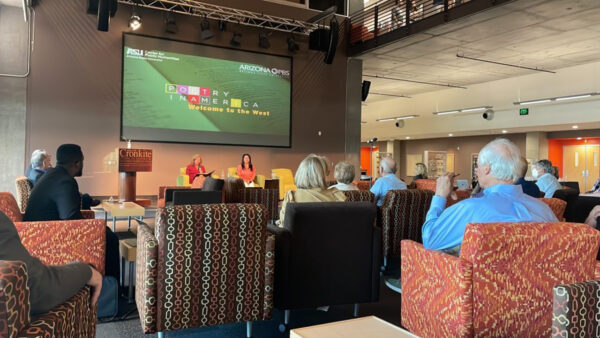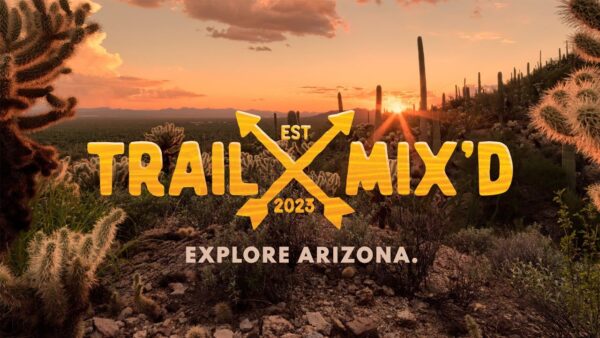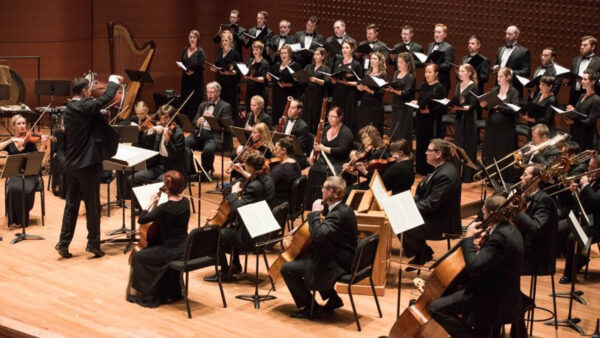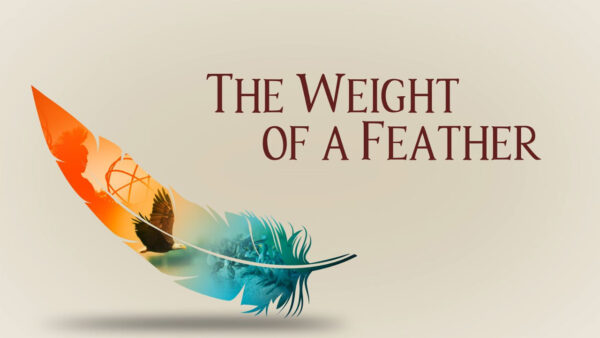Nature “Salmon: Running the Gauntlet”
May 1, 2011
The annual runs of millions of salmon once defined the Pacific Northwest. Now, their alarming absence is shaping the region. The Columbia River was once among the most productive salmon fisheries on the planet. Today, many Columbia River Basin populations are already extinct, and of those remaining, thirteen more, including the Idaho sockeye, are endangered. Fish hatcheries across the region have become surrogates for rivers and streams, incubating all six species of salmon, carefully controlling their reproduction. But the future for Pacific Northwest salmon is unclear. And the drastic decline in their numbers is due not only to overfishing, to habitat loss and dams, but is also a consequence of our extraordinary efforts to save them.
Going beyond the debate over how to save an endangered species, Nature takes a timely look at the salmon crisis in Salmon: Running the Gauntlet airing on Sunday, May 1, 2011 at 8 p.m. on Eight, Arizona PBS. The story of salmon is one of the nature stories of our time – how we became entangled in the life of creatures at once resilient and fragile, manipulated and wild, and whether they, and we, might recover from that intrusion.
More than a century ago, in response to overwhelming evidence that overharvesting for canneries was seriously endangering fish populations, well-intentioned people began working hard to save salmon. But rescue missions have backfired. Initial experiments with controlled reproduction suggested salmon could be mass produced in hatcheries. However, those numbers created a false sense of security, and allowed for relaxed regulations for fisheries and for hydroelectric development along the Columbia River and its tributaries. Many dams were built with fish ladders to help salmon circumvent them, but some key dams were not. Idaho’s Hells
Canyon dams blocked passage to the entire Upper Snake River, including streams as far away as
Northern Nevada. And Grand Coulee Dam in Washington State cut off a third of the spawning area of the Columbia River basin. The runs died. Individual instincts, adaptations and genetics specific to those areas have been lost, replaced by 170 hatchery programs producing generation after generation of a homogenous “perfect fish” that has reduced the diversity salmon need to survive.
Each of man’s attempts to save salmon has involved replacing their natural cycle of reproduction and death with a radically manipulated life history. The once great salmon runs are now conceived in plastic bags in laboratories, raised in hatcheries, transported on trucks and barges, and manually flushed into the river a few miles below Bonneville Dam, 150 miles from the sea. Those that make it share an ocean pasture for up to seven years.
When some of these salmon return from the sea to spawn, they face a long and hazardous journey back up the river. The dams create bottlenecks around the fish ladders, perfect spots for sea lions to gather for a feast. Boats patrol the river, armed with rubber bullets and seal bombs to protect salmon from their natural predators. The fish that make it through that gauntlet are then counted by the hatchery program, to determine how well they are doing. Recent studies show an annual average of 1.4 million salmon, wild and hatchery-bred, travel past the counting window, less than eight percent of an average run a hundred years ago.
All along the river system, livelihoods and communities are affected by the decline. Fishing communities have gone bankrupt and Native Americans tribes have lost the foundation of their cultural heritage. Entire ecosystems are losing marine nutrients dying salmon once provided to keep them healthy and thriving. And despite more than a billion dollars a year now committed to the Columbia River salmon recovery, the fish continue to struggle.
Some conservationists look to strategic dam removal as part of the solution. Many dams are now old and expensive to maintain, and the communities they were built to sustain have changed. Dismantling key dams or allowing them to spill water from their reservoirs may just
provide enough of a boost to make a real difference in recovery efforts.
In spring 2011, a federal judge will make a decision concerning federal salmon policy in the
Columbia River Basin that may seal the fate of endangered salmon and fishing rights in that region. Countless editorials have opined about the landmark case including an op-ed in the Oregonian which calls the salmon protection case “the Dred Scott of environmental laws.” Many hope the ruling on the case will help reclaim streams and reestablish river systems dissected by dams so that the salmon can once again find their way home.
)



















